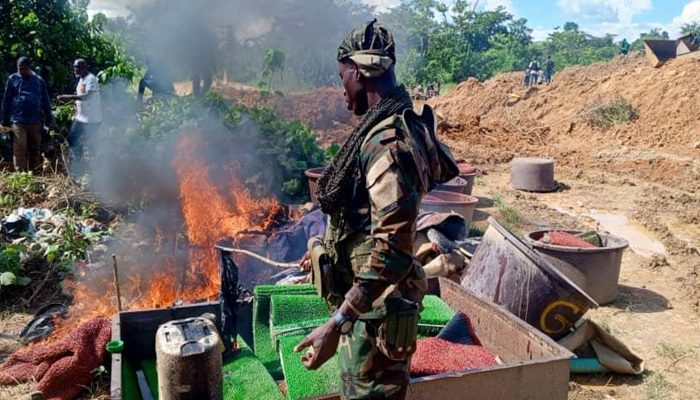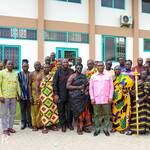In a renewed fight against illegal gold mining, commonly known as galamsey, the Ghana National Association of Small-Scale Miners, in collaboration with the Ghana Armed Forces (GAF), has burnt 18 chanfan machines along with other industrial equipment on Birim River.
The destruction of these machines, which are commonly used for illegal gold extraction, is part of intensified efforts to combat illegal mining, particularly on water bodies, in line with the government’s strategy to protect the environment.
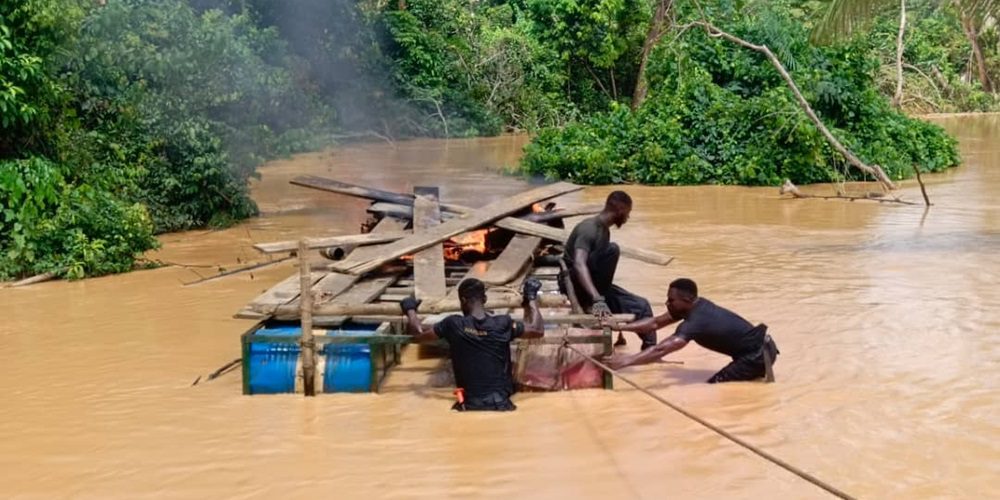
Task force’s first stop at Anyinam
The military-led task force began its mission in Anyinam, in the Atiwa East District of the Eastern Region, a well-known hotspot for illegal mining.
The destruction of the equipment is seen as a key step towards restoring the Birim River and preventing further environmental degradation.
Several illegal miners took to their heels upon learning that a taskforce working under the code-name Operation Halt 2 commenced operations in the Birim basin.
In the Atiwa Forest, several illegal miners also abandoned their machines before the taskforce arrived at the sites.
The taskforce set ablaze all the machines at the various sites.
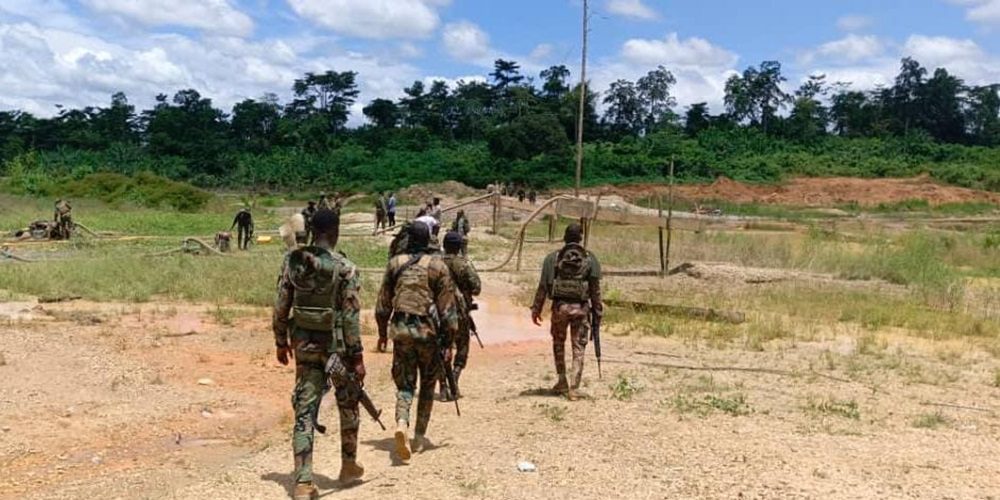
Collaboration seen as crucial to combat galamsey
The partnership between the Ghana National Association of Small-Scale Miners and the military is regarded as critical in addressing the ongoing threat of galamsey, which has severely impacted Ghana’s water bodies and ecosystems.
Commander of the Operation Halt Task Force, Colonel Eric Tenadu, confirmed that the military would maintain a two-week presence around the Birim River and other targeted locations to ensure significant improvements in the water bodies affected by illegal mining.
“For this phase, our instruction is to ensure we chase out every miner whether legal or illegal operating in our water bodies,” he said.
“We have two weeks to carry out this instruction and our mandate is to chase out every miner operating in our water bodies,” he added
140+ Illegal mining cases still pending in courts
Although an amendment to the Minerals and Mining Act in 2019 introduced harsher penalties for illegal miners—15 years imprisonment and a hefty fine for Ghanaians, and 20 years for foreigners—the slow processing of cases in the courts undermines its deterrent effect.
Currently, more than 140 cases of illegal mining, involving over 850 accused individuals, are pending in courts across several regions in Ghana, including Western, Eastern, Ashanti, Greater Accra, and Upper East. Some of these cases have been unresolved since 2020.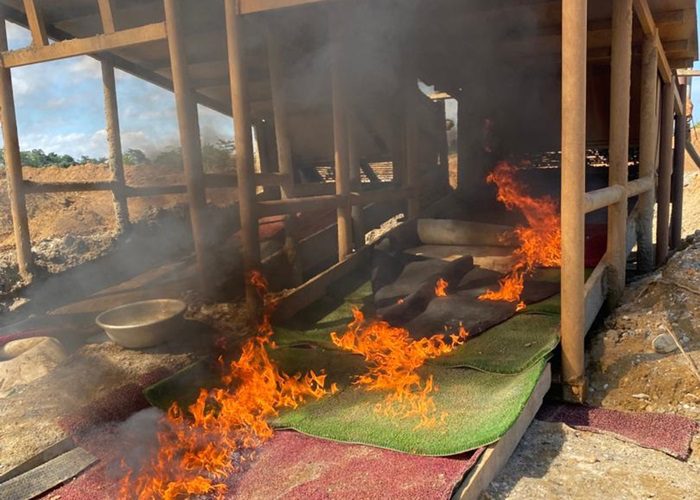
Small-Scale Mining banned in February 2017
In February 2017, President Akufo-Addo banned small-scale mining in an effort to prevent further destruction of lands and water bodies, which had severely affected farming and water sources.
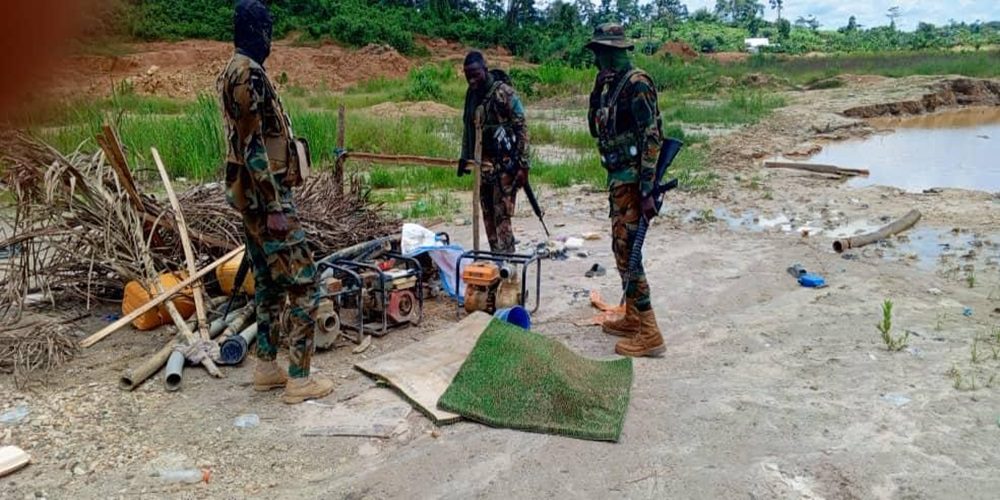
Ban lifted in December 2018
Almost two years later, in December 2018, the president lifted the ban as water bodies like the Ankobra River showed signs of recovery, with fish returning to the river for the first time in years.
Despite lifting the ban the President warned that the battle against “galamsey” was nowhere near being won yet, and appealed to the citizens to be part of the battle to keep the lands and water bodies safe.
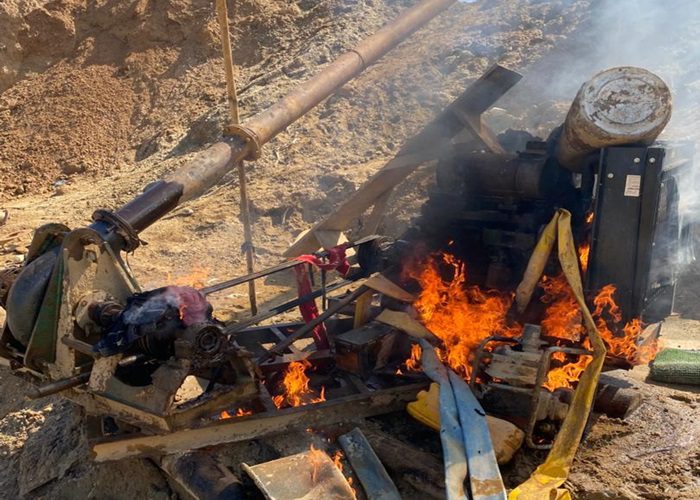
A Historical overview of illegal gold mining
Galamsey started in Prestea, Western Region, in 1894 when locals discovered mercury could extract gold from sand left by miners.
Despite efforts to stop it, the practice spread to Dunkwa, Diaso, Bibiani, and other regions.
Freedom fighters justified galamsey as resistance
During Ghana’s fight for independence, galamsey was framed as a way for locals to claim their share of the nation’s gold.
After independence, the practice expanded, driven by unemployment and poverty among the youth.
Political involvement in galamsey: 1992-2012
From 1992 to 2012, both NPP and NDC political party executives used galamsey as a form of employment for supporters in mining regions, which led to the practice extending into rivers and restricted forests.
J.J. Rawlings’ crackdown on galamsey
During the June 4th Revolution in 1979, J.J. Rawlings fought illegal miners who had overtaken state-owned mining sites, with 19 miners killed in Tarkwa.
The crackdown forced galamsey underground, only for it to reemerge in the 1980s with increased sophistication, including operations on water bodies.
- Dr. Boako criticizes Finance Ministry-BoG disconnect - 29 March 2025
- BoG raises policy rate from 27% to 28% - 29 March 2025
- Mahama gives CJ 10-Day ultimatum to respond to petitions - 29 March 2025
